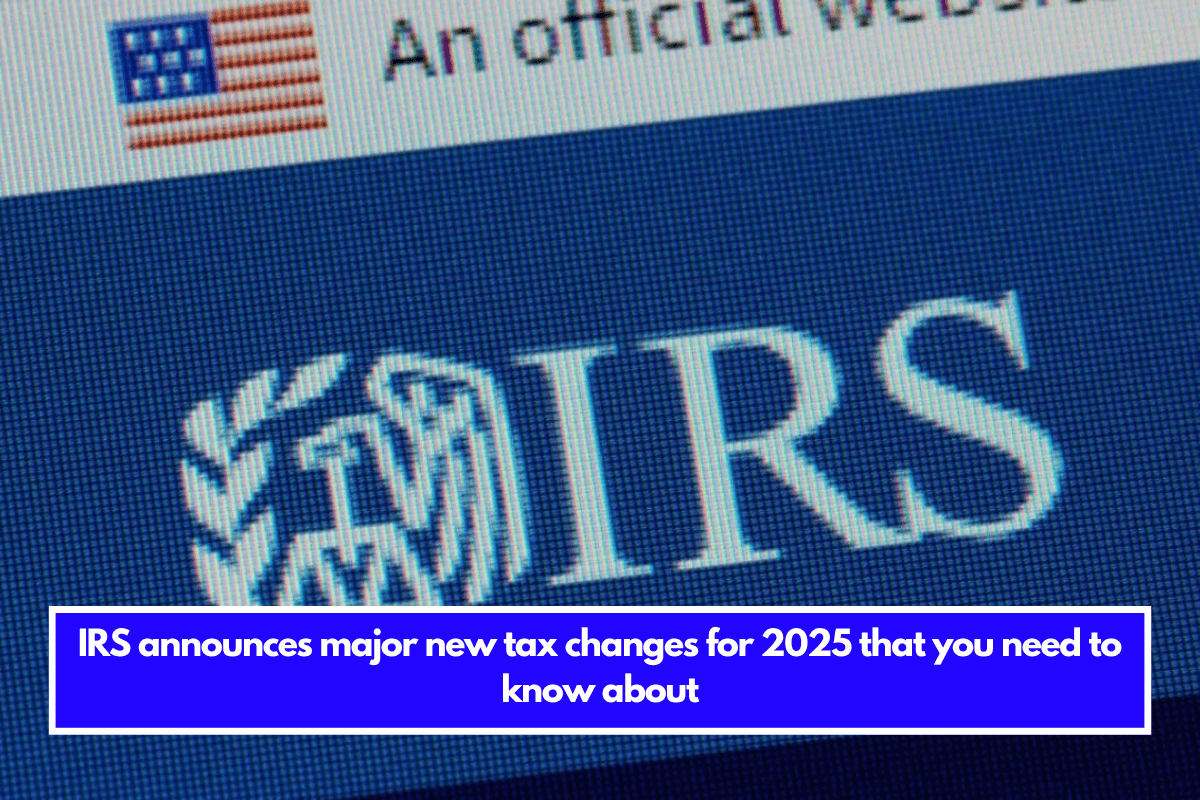The SECURE 2.0 Act has introduced several changes to retirement accounts, which aim to help people save more for their future. These changes affect both standard and Roth Individual Retirement Accounts (IRAs).
The key to making the most of these changes is understanding the rules for contributing and withdrawing money. Some of the most important updates for IRAs will take effect in 2025.
1. Bigger Catch-Up Contributions for People Aged 60 to 63
People aged 50 and older can make extra contributions to their IRAs, known as “catch-up contributions,” to help make up for any lost time when they couldn’t contribute as much.
For 2024, the catch-up contribution is $1,000, bringing the total limit to $8,000. But in 2025, those aged 60 to 63 can contribute either $10,000 or 150% of the 2024 catch-up amount, whichever is higher. This means you can contribute up to $10,000 in 2025, $2,000 more than in 2024.
2. SIMPLE IRA Catch-Up Contributions for People Aged 60 to 63
A SIMPLE IRA is another type of retirement account. In 2024, the maximum contribution for employees is $16,000, with an additional catch-up contribution of $3,500 for people aged 50 and older.
However, in 2025, those aged 60 to 63 will be able to make an extra catch-up payment of $5,000 or 150% of the regular catch-up limit.
This will help people in this age group save even more for retirement. Starting in 2026, this cap will increase to keep up with inflation.
3. New 10-Year Rule for Inherited IRAs
If you inherit an IRA from someone who passed away on or after January 1, 2020, new rules will apply. You must withdraw all the money from the IRA by the end of the 10th year after the original owner’s death.
This change eliminates the “stretch IRA” strategy, which allowed beneficiaries to take payments over their lifetime.
Some exceptions exist, like for disabled or chronically ill heirs, children under 21, or those who are close in age to the decedent. They can continue taking money out of the IRA for a longer period.
4. Inherited IRA Required Minimum Distribution (RMD) Penalties
Starting in 2025, people who inherit an IRA and don’t take the required minimum distributions (RMDs) on time will face penalties.
If you don’t take your RMD, you could be fined up to 25% of the amount you should have taken out. It’s important to stay on top of RMD deadlines to avoid these penalties and taxes.
The SECURE 2.0 Act is bringing many important changes to how people can save for retirement.
Understanding these updates and knowing when they will take effect is crucial for making the most of your retirement savings.
By staying informed, you can make better decisions about your IRA contributions, withdrawals, and inherited accounts.
What is a catch-up contribution?
A catch-up contribution allows people over a certain age (50 and older) to contribute extra money to their retirement accounts to make up for missed savings in earlier years.
How much can I contribute to my IRA in 2025 if I’m 60 to 63 years old?
In 2025, you can contribute up to $10,000 to your IRA, which is $2,000 more than in 2024.
What is a SIMPLE IRA?
A SIMPLE IRA is a retirement account that allows employees and employers to contribute to the employee’s retirement savings. It has a higher contribution limit compared to regular IRAs.
Can I leave money in an inherited IRA?
Yes, in some cases, such as for disabled heirs or children under 21, you can leave the money in the IRA and take payments over a longer period.
What happens if I don’t take my required minimum distribution (RMD)?
If you don’t take your RMD from an inherited IRA, you could face a 25% penalty starting in 2025, along with paying taxes on the amount you should have withdrawn.



















